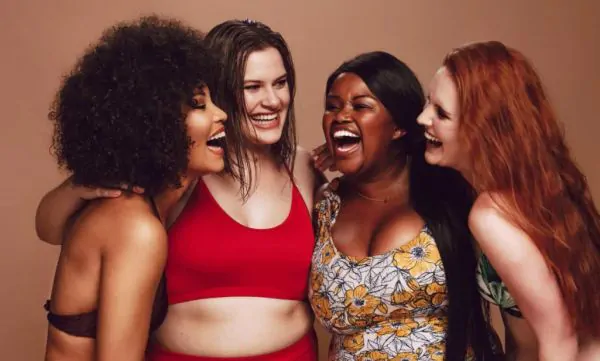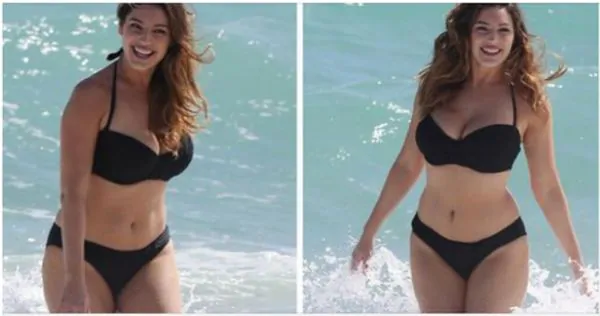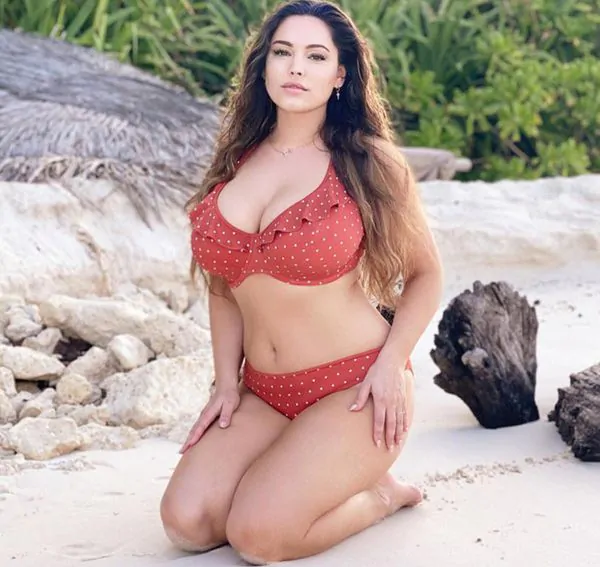
Beauty holds a special place in our hearts, even if we don’t like to admit it. While we should never judge someone solely based on their appearance, there’s something undeniably delightful about encountering true beauty.

The concept of beauty, however, has evolved over time. Let’s take a trip down memory lane and think about the idea of the “perfect woman” 70 years ago. Marilyn Monroe immediately comes to mind. But if we go even further back, we’ll discover a completely different standard for female beauty.
Over the years, the ideal female body has shifted with each passing decade. In the 80s, curvy and athletic women were in high demand, while the 90s embraced thin and almost translucent skin. Today, science has taken over, defining what is considered the ideal female form.
Researchers from the University of Texas conducted a study to uncover the scientific truth behind female beauty. According to contemporary standards, the ideal woman stands at approximately 1.68 meters tall, with measurements of 99 cm (bust), 63 cm (waist), and 91 cm (hips). And if you’re picturing someone who fits these criteria, look no further than the well-known model and actress Kelly Brooks. She has become the embodiment of the scientifically perfect body.

Interestingly, Kelly Brooks faced obstacles at the beginning of her modeling career, being considered too “plump” by the standards of many agencies. However, as times changed, she found success in the fashion and modeling industry. In fact, she was crowned the “sexiest woman alive” in 2005. Brooks has gone on to have a thriving career and now represents the poster girl for what science deems perfect.
The 99-63-91 measurements, representing an hourglass figure, are associated with studies showing that men are attracted to curvier women. This preference may stem from the association of curviness with fertility. However, it’s important to remember that fertility is a more complex matter than just body type alone. Even a woman with the scientifically perfect body may face fertility challenges.
Ultimately, beauty is subjective and lies in the eyes of the beholder. While science provides us with insights, it doesn’t dictate personal opinions. So, let’s celebrate and appreciate the diversity of beauty in all its forms.


